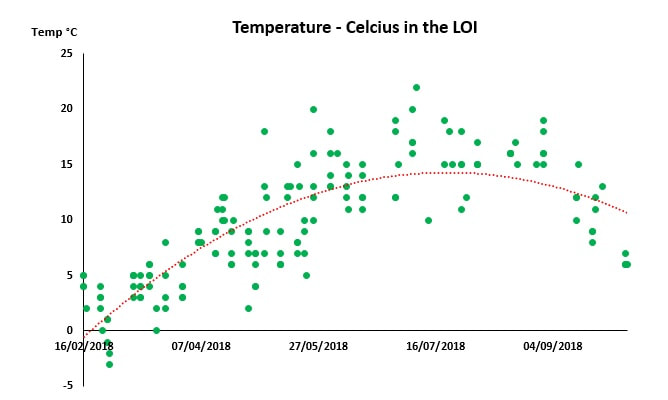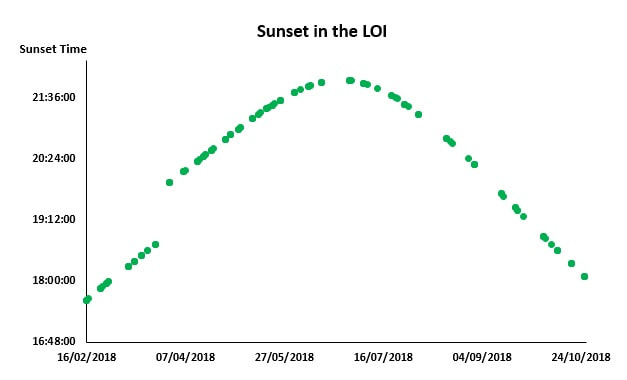As the League of Ireland is coming to a conclusion there have been recent posts on topics such as attendance figures and play-off records.
For international readers of this blog it may seem unusual that our league is concluding. The League of Ireland, unlike many European Leagues, adopts a February-October schedule. This is colloquially known as ‘summer soccer’. The league switched from an August-May schedule in 2003. We’re not the only UEFA country with this domestic league structure; other countries, many of which have harsher climates than Ireland, also adopt a February/March-October/November schedule. Examples include Estonia, Finland, Georgia, Latvia and Lithuania.
The motivations for the February-October schedule were partly strategic (Irish teams would be mid-season when competing in European competitions) and also to increase the attractiveness of the product. Playing mostly through the summer months allows for improved playing conditions, perhaps bringing with it more attractive football and larger attendances.
Below is an attempt to visualise ‘summer soccer’. The charts show the recorded temperature and sunsets for each match this season at the location where it was played. The average temperature for a League of Ireland match this season was 9.66°C (median, 9°C). For me, this is hardly balmy weather and might be even slightly higher than previous years as we had a warm summer. Several of the earliest fixtures are played before the clocks go forward in March, hence the jump in the sunset data.


 RSS Feed
RSS Feed